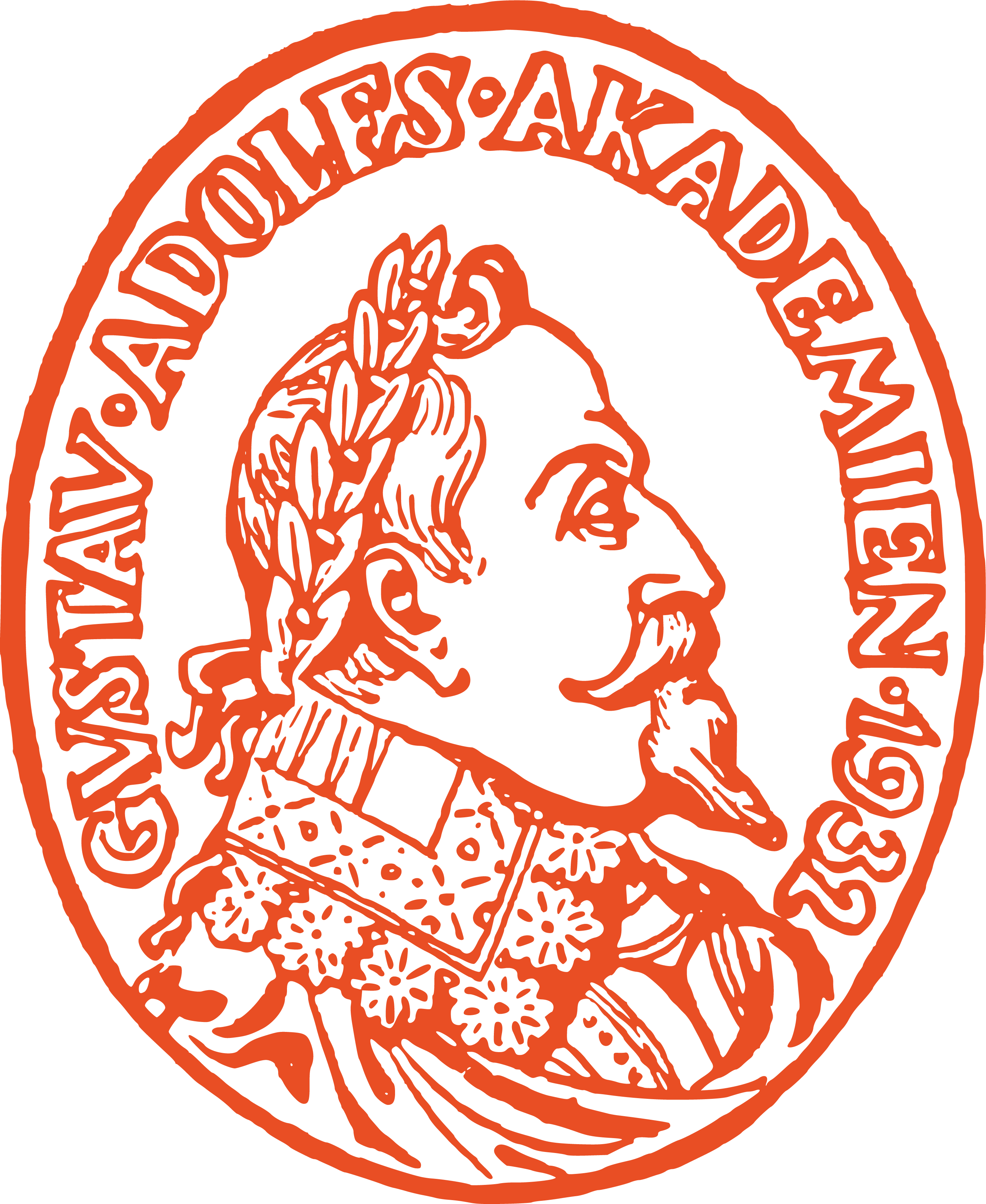Författarinstruktioner
Just nu är det inte möjligt att skicka in artiklar till NoSo med anledning av ett planerat temanummer för 2026. Nästa möjlighet att skicka in artiklar till ett öppet nummer ges från mars 2026 (med sikte på publikation i 2027 års nummer).
Genom att skicka in manuskript till Nordisk tidskrift för socioonomastik godkänner författaren digital publikation med Open Access med en CC BY-licens.
Publicering i tidskriften är helt kostnadsfri för författaren. Observera att föreliggande manuskript inte får ha publicerats i sin helhet i något tidigare sammanhang. Om en tidigare eller liknande version av manuskriptet har publicerats ska detta tydliggöras i artikeltexten.
Om det finns flera medförfattare ska samtliga ha bidragit till manuskriptet på ett konkret sätt (i studiens design, datainsamling eller analys/tolkning av data), liksom gett ett väsentligt bidrag till det intellektuella innehållet i artikeln och kunna ta ansvar för en specifik del av texten.
Om du har frågor, kontakta redaktionen via mejl: noso@gustavadolfsakademien.se
Insändningsformat: Färdiga manuskript skickas in via onlineformuläret. Stegvisa instruktioner visas under inlämningsprocessen. Slutdatum för att sända in artiklar är 15 augusti (för publikation kommande vår).
Manuskriptet ska sändas in i anonymiserat format. Instruktioner om hur man tar bort personlig information från Word-dokument finns på Microsofts supportsida. Inlämnade manuskript värderas först av redaktionen och genomgår därefter sakkunniggranskning av minst två anonyma experter (s.k. double-blind peer review).
Språk: Manuskript skrivs på något av de skandinaviska språken (danska, norska, svenska) eller engelska. Skribenten ansvarar för att text som är skriven på annat språk än skribentens modersmål blir språkgranskad innan det skickas in till redaktionen. Abstract och engelsk sammanfattning språkgranskas dock genom tidskriften.
Abstract: Varje manuskript ska förses med ett abstract på engelska som får omfatta högst 700 tecken inkl. blanksteg (motsvarande ca 200 ord). Detta ska åtföljas av en engelsk översättning av artikelns titel och författarens lärosäte/organisationstillhörighet samt 5–10 engelska nyckelord (keywords).
Sammanfattning: Manuskript som skrivs på skandinaviskt språk ska dessutom förses med en sammanfattning på engelska. Denna text får omfatta högst 5 000 tecken inkl. blanksteg.
Format: Hela manuskriptet ska skrivas i typsnittet Times New Roman. Om specialfonter har använts ska det anges vilka dessa är (i vissa fall kan fonterna bifogas filen). Brödtexten skrivs med storlek 12 p. Använd inte avstavning eller rak högermarginal. Var restriktiv med fotnoter, men om de används skrivs de med storlek 10 p. och numreras löpande genom hela uppsatsen (notsiffran placeras efter skiljetecken och fotnotstexten placeras nedtill på sidan). Kursiv används för att markera namn och andra ord, ordelement osv. som diskuteras. Styckeindelning och underrubriker: Nytt stycke markeras med indrag (ej blankrad), utom i manuskriptets första stycke och efter underrubrik, tabeller, diagram och illustrationer. Underrubriker av upp till tre grader kan användas. Deras grad av underordning anges genom siffersystem (1, 1.1, 1.1.1). Om författaren så önskar kan dessa siffror senare tas bort till den tryckta versionen.
Tabeller, diagram och illustrationer: Tabeller, diagram och illustrationer numreras, så
även om det bara finns en tabell eller en illustration. Tabeller förses med rubrik (ovanför tabellen), illustrationer och diagram med bildtext (under bilden). Det ska alltid finnas hänvisning till tabeller, diagram och illustrationer i den löpande texten. Illustrationer kan sändas in som separat fil (jpg, eps eller pdf). Det är författarens ansvar att kontrollera att det finns behöriga tillstånd för att trycka illustrationen. Intyg om behörigt tillstånd ska lämnas in till redaktionen tillsammans med artikeln. Om en illustration enbart får publiceras utan CC-licens ska detta tydligt noteras i artikeln.
Korrektur: Normalt får författare bara ett korrektur. Endast i undantagsfall får författaren
göra andra mer omfattande ändringar gentemot originaltexten.
Källhänvisningar: Tidskriften tillämpar en variant av Harvard-systemet i enlighet med The Generic Style Rules for Linguistics (2014) - se fortsatta anvisningar på engelska nedan. Observera att hänvisningar till sida/sidor föregås av kolon:
(Gustafsson 2002:15) (Gustafsson 2002:15–16) (Gustafsson 2002:15–24).
Nedan ett utdrag från avsnitt 16 i The Generic Style Rules for Linguistics (2014)
(Länk till full version: https://www.eva.mpg.de/lingua/pdf/GenericStyleRules.pdf):
It should be noted especially that
• the names of authors and editors should be given in their full form as in the
publication, without truncation of given names (but note that some authors
habitually use initials only, e.g. J. K. Rowling; these count as full)
• main title and subtitle are separated by a colon, not by a period
• page numbers are obligatory and issue numbers of journals and series titles are
strongly recommended
• journal titles are not abbreviated.
16.3. General formatting rules
• Article titles are printed in roman, with no quotation marks around them.
• Publication titles (both book titles and journal titles) are printed in italics.
• Editors are followed by (ed.) or (eds.) (depending on the number of editors).
• The author list, the year number, the article title, the editor list, the volume number, the
page numbers, and the publisher are followed by a period.
• The city is followed by a colon.
16.4. Standard reference types
Here are examples of the four standard types of references: journal article, book, article in
edited volume, and thesis:
• Journal article (journal title is immediately followed by the journal volume number):
Milewski, Tadeusz. 1951. The conception of the word in languages of North American natives. Lingua
Posnaniensis 3(4). 248–268.
• Book (whether authored or edited, book title followed by a period):
Matthews, Peter. 1974. Morphology. Cambridge: Cambridge University Press.
Lightfoot, David W. (ed.). 2002. Syntactic effects of morphological change. Oxford: Oxford University Press.
• Article in edited volume (editor list is preceded by In and followed by (ed.) or (eds.) and
a comma, book title is followed by a comma):
Erdal, Marcel. 2007. Group inflexion, morphological ellipsis, affix suspension, clitic sharing. In Fernandez-
Vest, Jocelyne (ed.), Combat pour les langues du monde: Hommage à Claude Hagège, 177–189. Paris:
L’Harmattan.
Other kinds of publications should be treated like one of these to the extent that this is
possible. For example, published conference papers can be treated like articles in edited
volumes or like journal articles. Unpublished papers can be treated like journal articles,
with information about the location given as a nonstandard part.
16.5. Optional parts
The book title may be followed by series information (series title plus series number),
given in parentheses:
Lahiri, Aditi (ed.). 2000. Analogy, leveling, markedness: Principles of change in phonology and morphology
(Trends in Linguistics 127). Berlin: Mouton de Gruyter.
16.6. Author surnames and given names
When there are more than two authors (or editors), each pair of names is separated by an
ampersand. No author name is omitted, i.e. et al. is not used in references.
Chelliah, Shobhana & de Reuse, Willem. 2010. Handbook of descriptive linguistic fieldwork. Dordrecht:
Springer.
Johnson, Kyle, Baker, Mark & Roberts, Ian. 1989. Passive arguments raised. Linguistic Inquiry 20. 219–251.
Surnames with internal complexity are never treated in a special way. Thus, Dutch or German surnames that begin with van or von (e.g. van Riemsdijk) or French and Dutch surnames that begin with with de (e.g. de Groot) are treated just like Belgian surnames (e.g. De Schutter) and Italian surnames (e.g. Da Milano) and are alphabetized under the first part, even though they begin with a lower-case letter. Thus, the following names are sorted alphabetically (i.e. mechanically) as indicated.
Da Milano, Federica > de Groot, Casper > De Schutter, Georges > de Saussure, Ferdinand > van der Auwera, Johan > Van Langendonck, Willy > van Riemsdijk, Henk > von Humboldt, Wilhelm
When they occur in the prose text, they are not treated in a special way either, i.e. they have lower case unless they occur at the begining of a sentence (this is in line with the French and German practice, but in contrast to the Dutch practice), e.g.
as has been claimed by van Riemsdijk & Williams (1981)
Chinese and Korean names may be treated in a special way: As the surnames are often not very distinctive, the full name may be given in the in-text citation, e.g.
the neutral negation bù is compatible with stative and activity verbs (cf. Teng Shou-hsin 1973; Hsieh Miao-
Ling 2001; Lin Jo-wang 2003)
16.7. Internet publications
When citing a web resource that is not a regular scientific publication, this should be treated like a book, to the extent that this is possible, e.g.
Native Languages of the Americas. 1998–2014. Vocabulary in Native American languages: Salish words.
(http://www.native-languages.org/salish_words.htm) (accessed 2 December 2014).
[NoSo addition: References to regular publications that are available online should include a full DOI weblink, e.g.
Zavattaro, Staci M. 2021. Taking the social justice fight to the cloud: Social media and body positivity.
Public Integrity 23. 281‒295. https://doi.org/10.1080/10999922.2020.1782104 ]
16.8. Miscellaneous
Books may include a volume number, separated from the book title by a comma:
Rissanen, Matti. 1999. Syntax. In Lass, Roger (ed.), Cambridge history of the English language, vol. 3, 187–
331. Cambridge: Cambridge University Press.
And there may be information about the edition, following the book title:
Croft, William. 2003. Typology and universals. 2nd ed. Cambridge: Cambridge University Press.
If a publisher is associated with several cities, only the first one needs to be given, e.g.
Berlin: De Gruyter Mouton, or Amsterdam: Benjamins.
Other nonstandard types of information may follow the standard parts in parentheses, e.g.
Mayerthaler, Willi. 1988. Morphological naturalness. Ann Arbor: Karoma. (Translation of Mayerthaler
1981.)
Titles of works written in a language that readers cannot be expected to know may be
accompanied by a translation, given in brackets:
Haga, Yasushi. 1998. Nihongo no shakai shinri [Social psychology in the Japanese language]. Tokyo:
Ningen no Kagaku Sha.
Li, Rulong. 1999. Minnan fangyan de daici [Demonstrative and personal pronouns in Southern Min]. In Li,
Rulong & Chang, Song-Hing (eds). Daici [Demonstrative and personal pronouns], 263–287. Guangzhou:
Ji’nan University Press.
If the title is not only in a different language, but also in a different script, it may be given in the original script, in addition to the transliteration (following it in parentheses). Likewise, the name of the author may be given in the original script, as follows:
Plungian, Vladimir A. (Плунгян, Владимир А.) 2000. Obščaja morfologija: Vvedenie v problematiku
(Общая морфология: Введение в проблематику) [General morphology: Introduction to the issues].
Moskva: URSS.
Chen, Shu-chuan (陳淑娟). 2013. Taibei Shezi fangyan de yuyin bianyi yu bianhua (台北社子方
言的語音變異與變化) [The sound variation and change of Shezi dialect in Taipei city]. Language and
Linguistics 14(2). 371–408.





